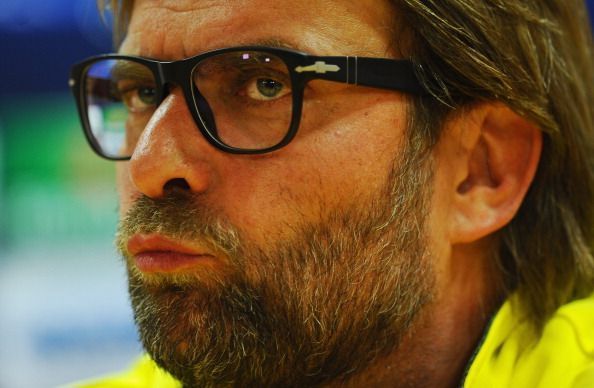
Analyzing Jurgen Klopp's tactical evolution at Liverpool
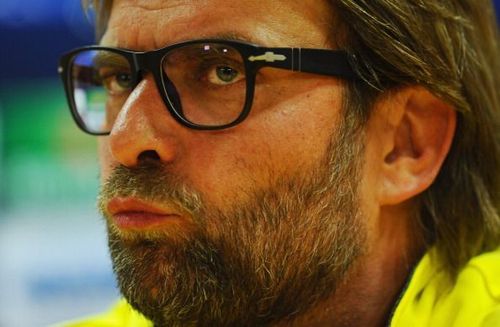
Brilliant, charismatic, and huggable. These are all qualities that can be associated with Jurgen Klopp. The German had his best Liverpool season yet, helping the Reds win their 6th Champions League. Liverpool also managed 97 points in the league, while losing just 1 game, which is an achievement in itself.
What should be noticed is that if we compare Liverpool's 2017/18 and 2018/19 season, they are extremely different from each other. This season's Liverpool side was more drilled, more patient, and had much greater squad depth. But the key area where the difference can be seen is in the change of tactics that were adopted by Klopp this season.
Jurgen Klopp is known for his amazing attacking philosophy, which lays its foundation in gegenpressing. His tactics first became known worldwide during his time at Dortmund, and especially during 2013 when Dortmund won the Bundesliga and reached the Champions League final. He had adopted a 4-2-3-1 formation, which was perfect for 'gegenpressing'.
The basic idea behind gegenpressing is to win the ball back as quickly as possible right after you have lost possession. The main aim was that one player would heavily press the opponent player which has the ball, while the others will block his passing lanes, thus leaving few options for the opponent player to choose.
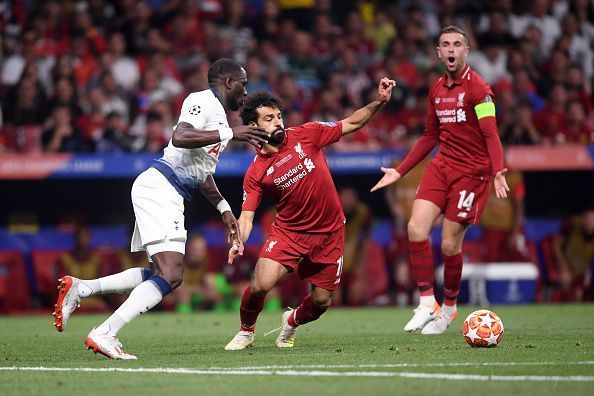
With this sort of pressing the opponent would tend to make mistakes, either losing the ball to the player who was pressing him or by making an inaccurate pass as his closest passing options were blocked. A major characteristic of a gegenpressing team is to win the ball back as quickly as possible after losing possession. Klopp used that trait rigorously, both at Dortmund and Liverpool, and thus we could see almost 3 players pressing a single opponent player into conceding the ball.
A similar counter-pressing style was adopted by Liverpool last season, where they blew teams out of the water, hitting them on the counter-attack and inflicting heavy damage. These tactics, though, had its disadvantages.
The use of gegenpressing in all of the games leads to extreme fatigue, and in some cases injuries to key players. Thus, even though they performed brilliantly in Europe, they could not maintain the same form in the league, managing to finish in 4th position on the last day.
This season Liverpool were a different beast altogether. Although the signings they made played a big part in the season, Klopp's new tactics played an even bigger role. Last season Liverpool were a counter-attacking and gegenpressing team while hitting the opponent on transitions. This season Liverpool are a bit more possession-based team, operating through the wide areas and the full-backs.
In both the seasons, Klopp adopted a 4-3-3 formation, but only on paper. Last season, when Liverpool was attacking, Klopp changed to a 3-4-3 formation, with the defensive midfielder dropping back between the center-backs and the full-backs pushing up high.
Last season, the main aim was to try and win the ball as high up the pitch as possible and hit them on the break. Liverpool would often sit back and let the opponent attack, and then try and win the ball and launch a quick counter-attack. Those counter-attacks were either launched by the wingers Salah and Mane, or by midfield runs, especially by Coutinho, and later by Oxlade-Chamberlain.
This season, Liverpool adopted a 2-3-5 when attacking, with the full-backs joining the wingers in the attack and the wingers instead moving into the penalty area along with the forward. This way the full-backs could deliver crosses and passes into the penalty area, as there were 3 red shirts in the penalty box.
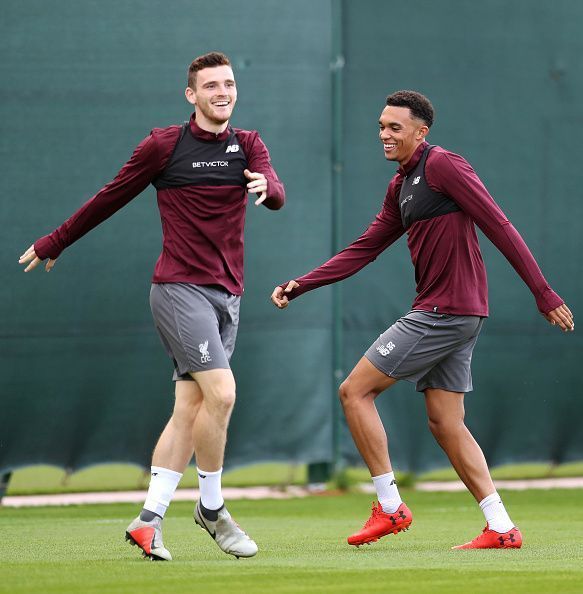
It is because of this change in tactics and formation that Andrew Robertson and Trent Alexander-Arnold have registered a combined 23 assists for Liverpool this season. As Sadio Mane and Roberto Firmino have the greatest heading ability of all the Liverpool forwards, they are usually the targets for the full-backs to cross into.
This is why Mane is the only player in the Premier League to score a minimum of 5 goals with his left-foot, 5 goals with his right foot, and 5 goals with his head. Liverpool's new recruit Fabinho has also been brilliant in his role as a destroyer and is excellent in breaking up play and rough-housing the opponent players.
This transition from a gegenpressing side to a possession-based side means that Liverpool has greater control of the game. Due to this, Liverpool has been consistently on top form throughout the campaign.
Although Klopp hasn't depended on gegenpressing to that great a degree this season, it doesn't mean that he may not use it in the future. With Oxlade-Chamberlain returning from injury, Klopp may attempt to use his previous 4-2-3-1 formation once again, with Chamberlain playing a role in the 3 man midfield.
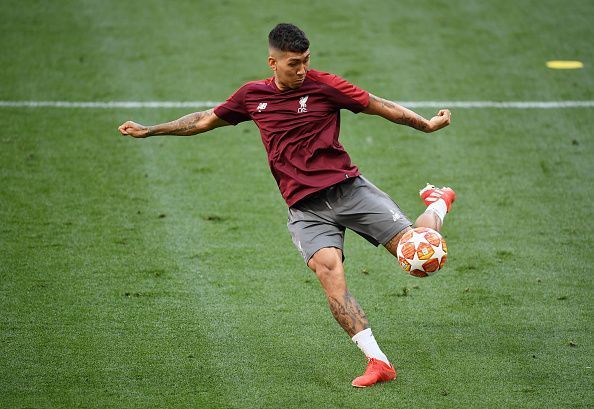
Another option would be to drop Firmino into the no.10 role and let him be the creative force and getting another forward to operate up front. The latter was adopted by Klopp in a few games in the first half of the season, with Salah up front and Shaqiri taking Salah's place. That formation and tactic led to Liverpool being top of the league by Christmas by some margin.
Jurgen Klopp's tactical flexibility is what sets him apart from other managers such as Maurizio Sarri and Jose Mourinho, who are more rigid when it comes to their tactics. Whether Klopp would stick to his current tactics or revert back to gegenpressing is yet to be seen. Nevertheless, we can expect another exciting season ahead for Liverpool.